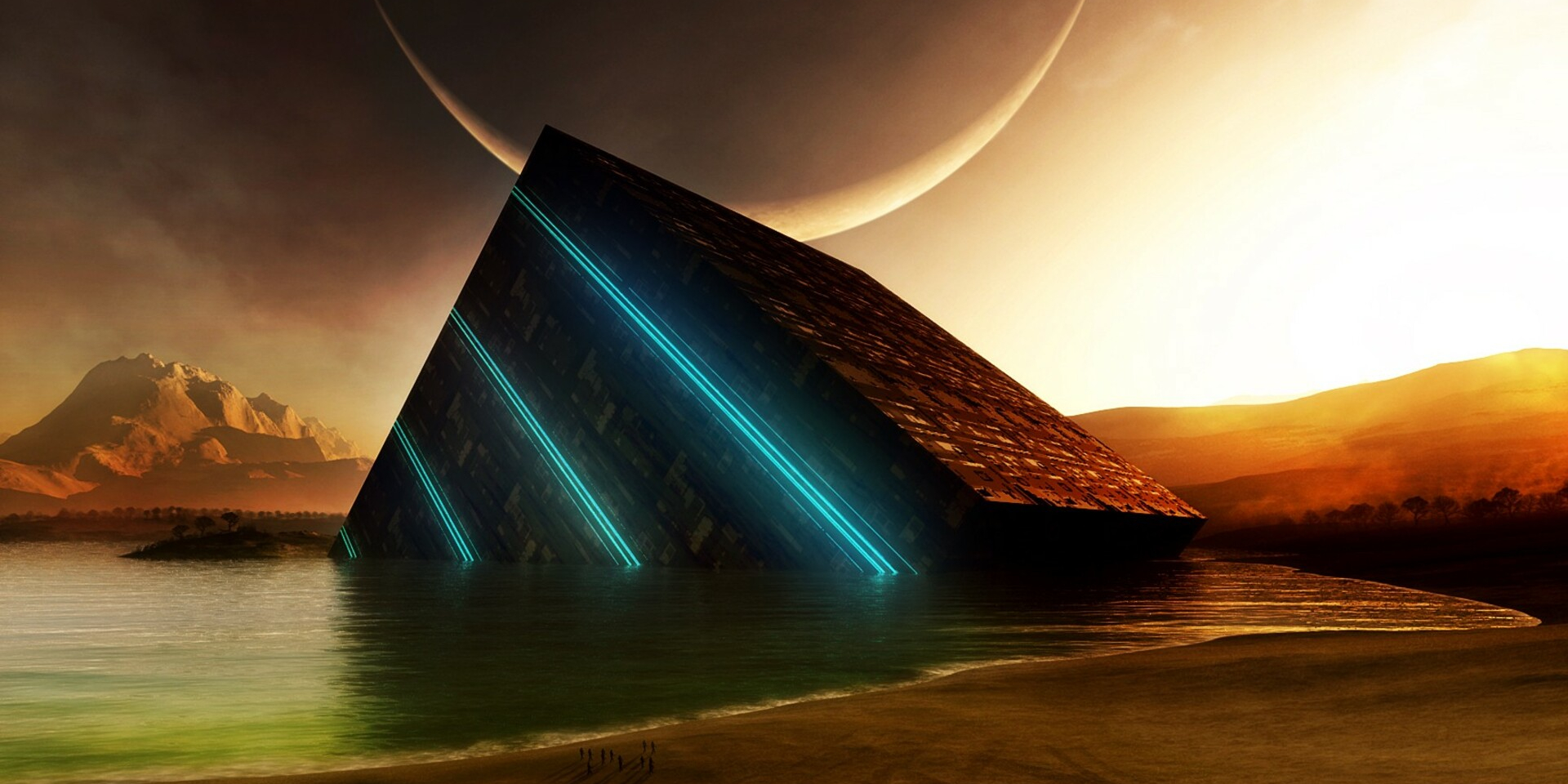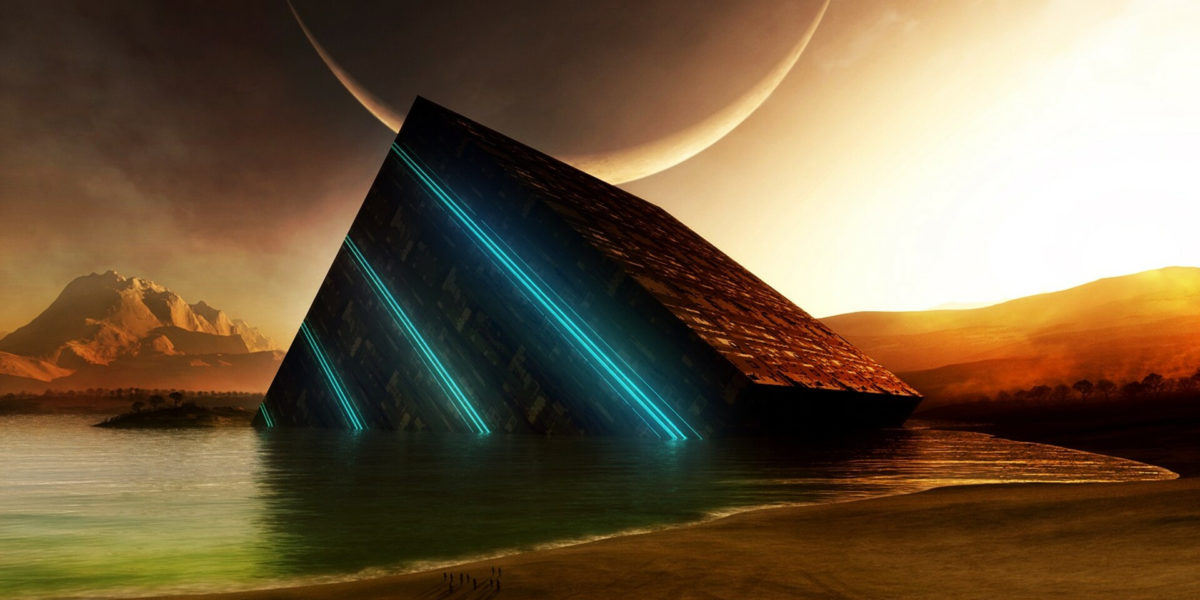Behind the Track: Dream Abyss
Have you ever dreamed about dreaming? I only remember this ever happening to me once, when I was still a kid—in my dream, I curled up in my bed and went to sleep, where I descended into a place where reality and logic are even more fluid than normal when dreaming. It wasn’t a “world” in the usual sense—even when dreaming, you typically have a sense of self, your location, and the things going on around you, however strange they may be. This was much more alien. It was like a turbulent sea of color and emotion. Familiar, yet distorted faces blipped in and out of existence like they were buoyant objects rising to the surface of the aforementioned sea, before sinking back down into the abyss once again. It was as if the sense of numbness and disconnection that comes with sleep had been taken to the extreme—I was isolated, yet somehow connected to all things at the same time.
This is the basis of the inspiration behind Dream Abyss. I only used a single, simple synth for that very reason—conveying that shapeless quality was essential for the piece. Initially, when I started writing it, I’d planned on only using the pentatonic scale, but if you’ve listened to the piece, you know that didn’t last very long. I tend to let my music wander in terms of meter, key, and mode, even in my non-ambient material, and doing anything else for such an abstract piece completely went against the grain.
There are some interesting choices I made when creating this that I don’t know if I really picked up on at the time. Perhaps it was subconscious, or perhaps I’m giving myself too much credit and it was just a happy accident. Listen to the times where I let the synth drone for a bit after the initial attack of the notes dies off—you hear that warbling, almost churning quality? The synth I used was actually a modified GarageBand preset, and it had a chorus effect applied to it, which gives it that quality. Another thing I did without even thinking about it was extend each note’s duration until the very end of each phrase. With any other instrument, doing this would quickly make the sonic texture so muddy that it’d become unbearable to listen to, but the quick decay and very soft sustain of the synth actually makes this work for the piece rather than against it. It creates this layer of “mud” at the tail end of each phrase where all the different harmonies are clustered together, much like the shapeless, perpetual void that inspired this piece.
Cloudland Connections will be available on all major streaming platforms on December 17.


